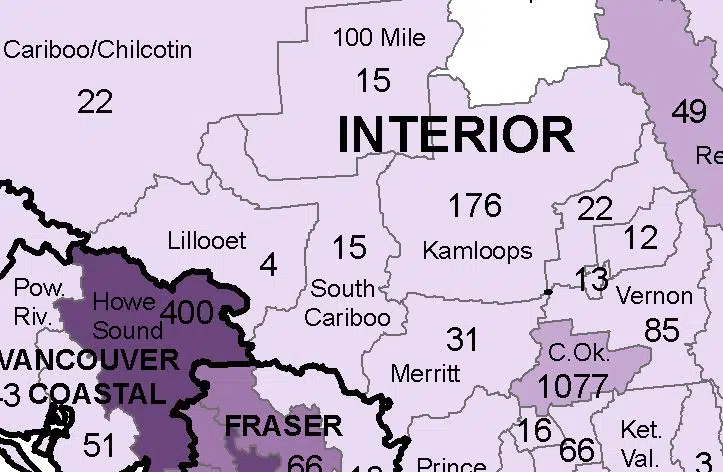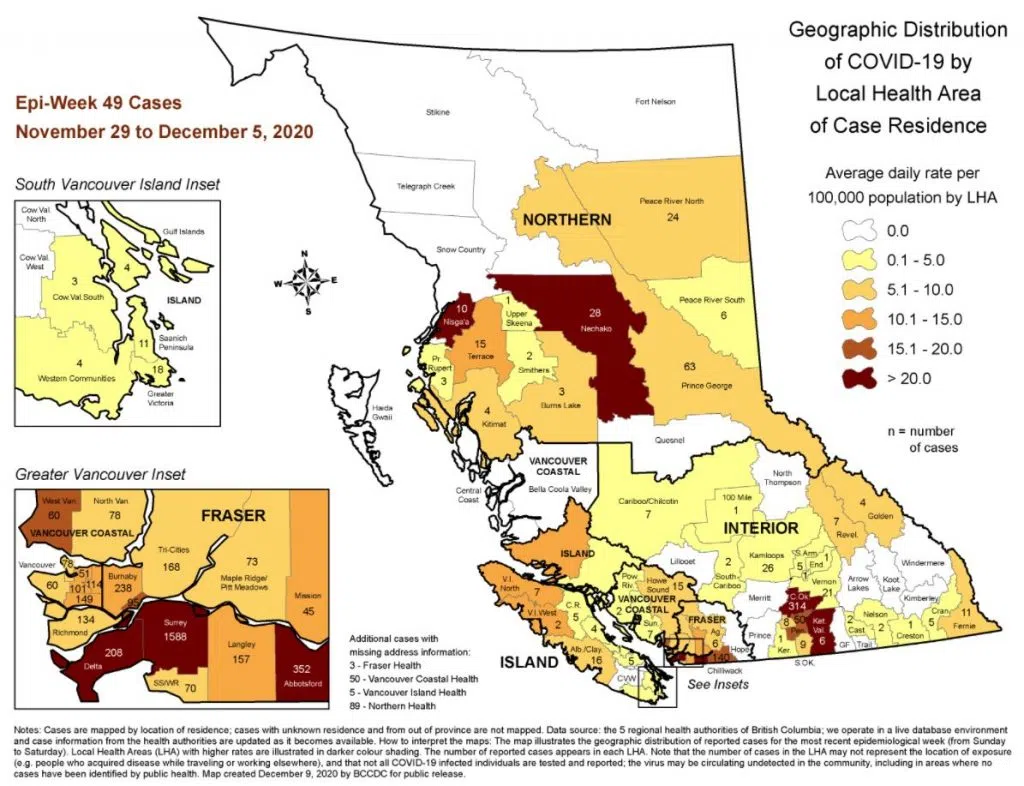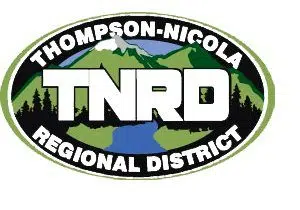
There were 65 new cases of COVID-19 in the month of November in the Kamloops Local Health Area which includes the city of Kamloops, Chase, Logan Lake, Barriere, and Sun Peaks.
It took the total number of cases in the Kamloops area between January and November to 176 – those details are according to the latest data from the BC Centre for Disease Control.
As of the end of July there were 53 cases in the Kamloops area, which went up to 60 by the end of August, 82 by the end of September, and 111 by the end of October. Its unclear how many of the Kamloops area cases are active, but across Interior Health there are now 679 active cases of COVID-19, with 19 people in hospital, five of those in ICU.
Through the first 11 months of the year, there have been 31 cases of the virus in the Merritt area, 1,077 in the Central Okanagan which includes Kelowna, 85 in Vernon, 22 in the Salmon Arm area, 15 in the South Cariboo which includes Lytton, Ashcroft, and Cache Creek, and four in Lillooet.
Further, new data released today shows there were 26 cases of the virus in the Kamloops area between Nov. 29 and Dec. 5. to go with five in the Salmon Arm area, 314 in the Kelowna area, 21 in Vernon, two in the South Cariboo, and no cases in the Hope, Merritt, Lillooet, and North Thompson – which includes Clearwater.
The North Thompson area is one of just four health regions in the province that has yet to see a case of COVID-19 reported over the course of the pandemic – along with the Stikine, Telegraph Creek and Snow Country, all in North West British Columbia.
Provincial Health Officer, Dr. Henry says the BC CDC will also start posting COVID-19 data based on the province’s 89 local health regions once a week, but noted the information will be released in a way that it would not identify people who contracted the virus, especially in smaller communities.
“There is still stigma associated with this disease, and we have heard from many people that it is a challenging time for them and that they don’t always always get support from their communities, when they’ve been identified as having COVID-19,” she said.
“As more cases accrue, we are able to give more information at a more local level because we are now at a point where you can’t re-identify somebody by the geographic area that they live in because of the number of cases that we’ve had.”
For a higher resolution of the map below, go here.








